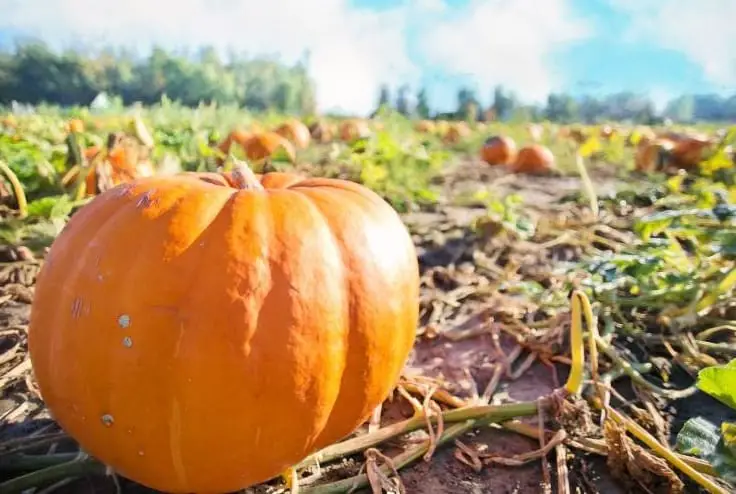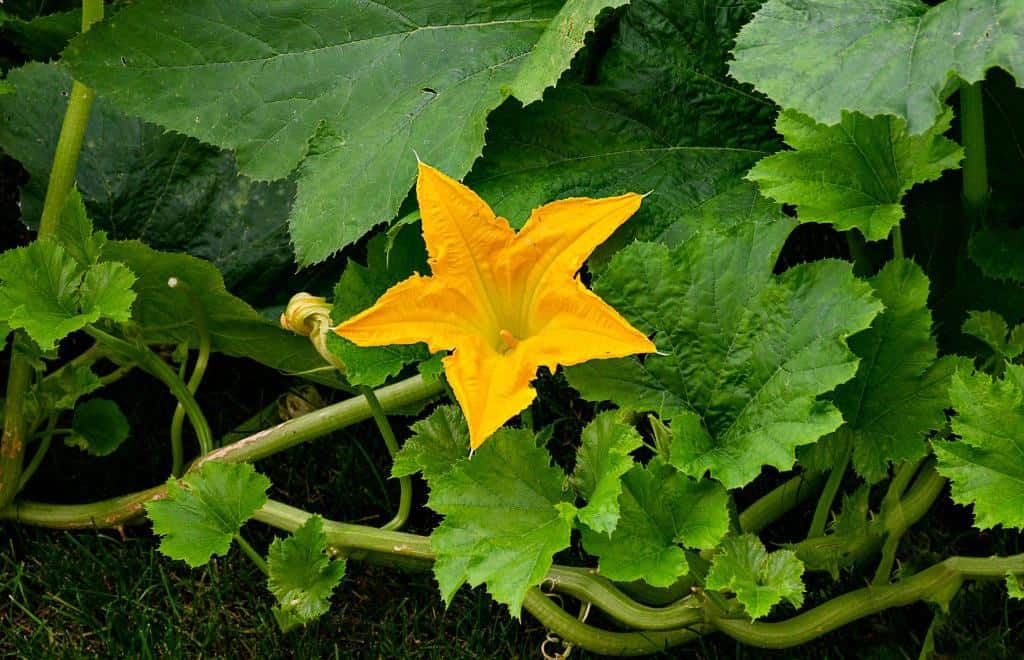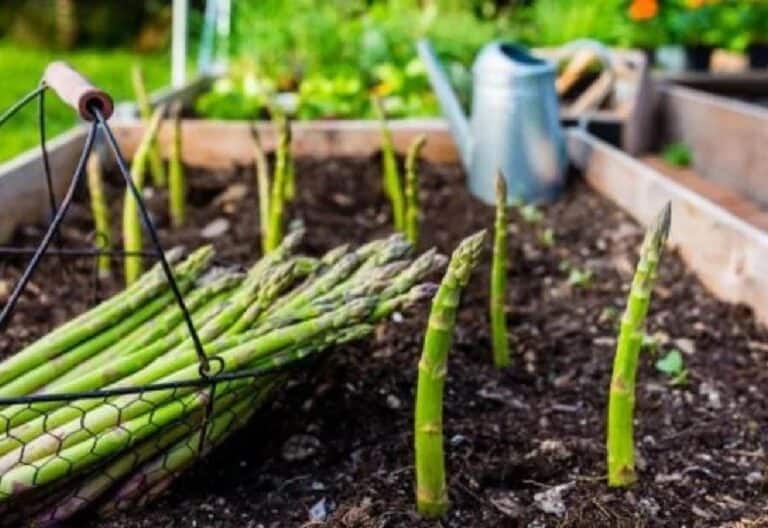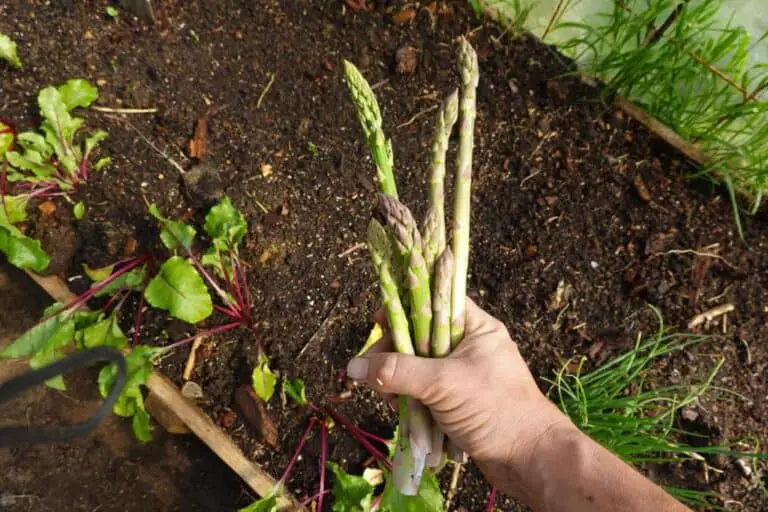How Much Soil Depth and Space Do Pumpkins Need to Grow?

Have you ever wondered just how much soil it takes to grow those iconic, vibrant pumpkins that adorn porches and fields during autumn? You need to understand the soil needs for pumpkins. This is key for both seasoned gardeners and beginners.
The right amount of soil can make a significant difference in the size and health of your pumpkin crop. In this article, we’ll cover how much soil pumpkins need to thrive. We’ll discuss the best soil depth and volume for them, and give container gardening tips. By mastering these essentials, you’ll be well-prepared to grow robust pumpkins that impress with their size and quality.
Understanding Pumpkin Growth Requirements

Benefits of Growing Pumpkins
Pumpkins are not only iconic symbols of fall but also versatile and nutritious additions to your garden. Here are some key benefits:
- Versatility: Pumpkins can be used for cooking, carving, and decoration.
- Nutritional Value: Rich in vitamins and antioxidants, pumpkins offer health benefits.
- Fun and Rewarding: Growing pumpkins can be fun and rewarding. This is especially true for families and gardeners who want to enjoy the harvest season.
Types of Pumpkins
When planning to grow pumpkins, consider these main types:
- Jack-o’-Lanterns: Large, round pumpkins ideal for carving.
- Pie Pumpkins: Smaller, sweeter varieties perfect for baking and cooking.
- Mini Pumpkins: Decorative and smaller in size, great for fall displays.
Each type may have slightly different soil and spacing requirements based on their size and growth habits.
Soil Depth Requirements for Pumpkins
Ideal Soil Composition
Pumpkins thrive in well-draining, nutrient-rich soil. The soil should be slightly acidic to neutral (pH 6.0-7.0) for optimal growth.
Components of Suitable Soil Mix
A good pumpkin soil mix typically includes:
- Loam: Provides good structure and retains moisture without becoming waterlogged.
- Compost: Adds nutrients and improves soil fertility.
- Organic Matter: Enhances soil structure and promotes healthy root development.
Recommended Soil Depth
Pumpkins have deep root systems that require adequate space for growth. The ideal soil depth for planting pumpkins is:
- Soil Depth: 18-24 inches (45-60 cm)
This depth allows for good root growth. It also keeps the soil moist all season.
Spacing Requirements for Pumpkins
Importance of Proper Spacing
Proper spacing ensures that pumpkin vines have enough room to spread. This allows them to produce fruit without competing for nutrients and sunlight.
Recommended Spacing
- In the Ground: Plant pumpkin seeds or seedlings 3-5 feet (90-150 cm) apart in rows spaced 6-12 feet (180-360 cm) apart.
- In Raised Beds: Space plants 2-3 feet (60-90 cm) apart, with rows spaced 5-6 feet (150-180 cm) apart.
- In Containers: Grow one pumpkin plant per large container with a diameter of at least 24 inches (60 cm).
Planting Layout
Consider planting pumpkins in hills or mounds to improve drainage and encourage vine growth. Each hill should ideally support one to two pumpkin plants.
Planting Pumpkins
Steps to Planting Pumpkins
- Prepare the Soil: Amend the soil with compost and organic matter to improve fertility and structure.
- Planting Depth: Sow pumpkin seeds directly into the soil at a depth of 1 inch (2.5 cm) or transplant seedlings carefully to avoid disturbing the roots.
- Watering: Water deeply after planting to settle the soil around the roots and ensure adequate moisture.
- Mulching: Add a thick layer of organic mulch around plants. It keeps soil moist, stops weeds, and regulates soil temperature.
Table: Soil Depth and Spacing Recommendations for Pumpkins
| Type of Planting | Soil Depth | Spacing |
| In the Ground | 18-24 inches | 3-5 feet apart, rows 6-12 feet apart |
| Raised Beds | 18-24 inches | 2-3 feet apart, rows 5-6 feet apart |
| Containers | 18-24 inches | 1 plant per 24-inch diameter container |
Moisture Levels and Soil Quality to Grow Pumpkins
Maintaining appropriate moisture levels in the soil is crucial for robust pumpkin growth. Pumpkins need consistent watering. Fluctuations can stress the plants and hurt fruit development.
Ensuring that the soil remains evenly moist, but not waterlogged, is key. Over-watering can lead to root rot, while under-watering can cause the pumpkins to become stunted and yield less fruit.
Dealing with watering issues requires careful monitoring. Over-watering often causes yellowing leaves and mushy roots. Under-watering causes wilting and dry, brittle leaves. To avoid these problems, it’s essential to water deeply and less frequently, allowing the soil to dry slightly between watering sessions.
Using drip irrigation can help keep moisture levels consistent. It provides a steady water supply without over-saturating the soil.
Assessing and improving soil quality is another critical step. It optimizes conditions for pumpkin growth. Testing the soil for pH levels, nutrients, and texture can provide valuable insights. The ideal soil for pumpkins should be well-draining and rich in organic matter. Adding compost or aged manure can enhance soil fertility and structure, improving its ability to retain moisture.
To further enhance water retention abilities, mulching around the base of the plants can be highly effective. Mulch helps to retain moisture, reduce evaporation, and suppress weeds. Organic mulches, such as straw or wood chips, are particularly beneficial. To grow healthy, vibrant pumpkins, keep the soil moist and rich.
| Read: When to Plant Pumpkin Seeds Indiana? |
Caring for Pumpkins
Watering
- Deep Watering: Provide consistent moisture, especially during dry periods and as fruits develop.
Fertilizing
- Pumpkins need lots of nutrients. Apply fertilizer at planting and during the growing season.
Pollination
- Bees are key for pollinating pumpkin flowers. You can attract bees by planting bee-friendly flowers.
Pest and Disease Management
- Monitoring: Watch for pests like squash bugs and diseases such as powdery mildew. Use organic controls when necessary to protect plants.
Harvesting Pumpkins
Timing
- Harvest Window: Pumpkins are ready for harvest when the rind is hard, and the stem begins to dry out and turn brown.
Storage Tips
- Curing: Cure pumpkins in a warm, dry place for 10-14 days to improve shelf life.
- Storage: Store pumpkins in a cool, dry location for several months; use promptly for cooking or decoration.
| Also check: Does Pumpkin taste like Acorn Squash? |
Conclusion
Growing pumpkins requires attention to soil depth, spacing, and care. These factors ensure healthy vine growth and much fruit. Follow these guidelines. They will help you grow strong pumpkins. The pumpkins will improve your fall harvest and bring joy all season.
You might be a seasoned gardener or new to growing pumpkins. These tips will help you grow pumpkins well and enjoy the rewards of homegrown produce. Start planning your pumpkin patch today and prepare for a bountiful autumn harvest.





